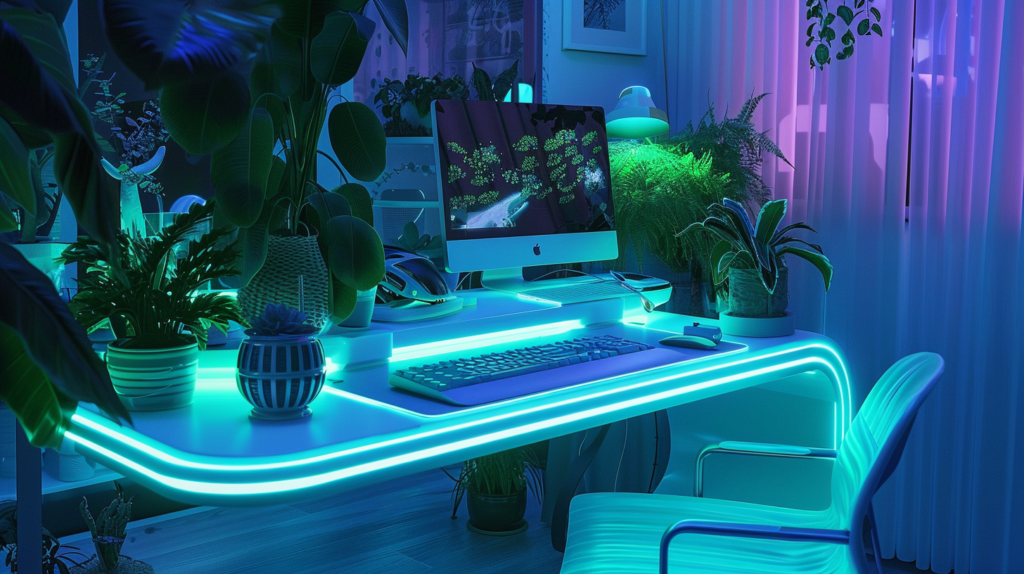
Quantum computing is like a mega-star in the tech world. It’s the Katy Perry of computing, if you will. It’s constantly on the front page of everything, dazzling us with its over-the-top promises of changing the world, and, let’s face it, sometimes leaving us slightly bewildered. However, there’s an unsung hero in the background, the quiet guitarist strumming away, making everything sound good. That’s right, I’m talking about User Experience (UX). So, what happens when Quantum Computing and UX Design decide to form a band? Welcome to the mind-bending world of Quantum Computing UX Design.
Now, you may be thinking, “Oh great, another trendy tech buzzword. Can’t we stick to something a little more earthly?” Well, dear reader, we could, but where’s the fun in that? Plus, this is not just a fleeting trend, it’s a match made in another dimension.
Quantum computing is, in a nutshell, a type of computation that uses quantum bits (qubits) instead of the classic binary bits we’re all familiar with. This means it can process exponentially more information at once. Imagine going from a single lane country road to an eight-lane superhighway. That’s quantum computing for you.
So, how does UX fit into this futuristic scenario? While quantum computing is all about processing power and speed, UX is about ensuring that the human using the system actually enjoys the ride. It’s about making the eight-lane superhighway not only efficient but also a pleasure to drive on.
Quantum Computing UX Design, therefore, is about creating interfaces and experiences that allow us mere mortals to interact with and benefit from these super-charged quantum systems. It’s a challenge akin to teaching a toddler to operate a Ferrari. Fun, right?
But wait, there’s more. When we talk about Quantum Computing UX Design, we don’t just mean making things user-friendly. No, we’re also talking about dealing with the weird, wacky, and wonderful world of quantum physics. Things like superposition and entanglement. Concepts that can make your head spin faster than a quantum bit in superposition.
This means that Quantum Computing UX Design isn’t just about making things look pretty and easy to use. It’s about finding a way to represent the unrepresentable, to make tangible the intangible, to bring quantum computing out of the realm of theory and into the practical world of everyday use. It’s like trying to paint a 3D picture on a 2D canvas.
And, of course, it’s not just about the user interface (UI). Oh no, that would be too easy. Quantum Computing UX Design also encompasses things like how information is presented, how errors are communicated, and how tasks are structured. It’s about creating a smooth, seamless, and – dare we say – enjoyable user experience from start to finish.
The potential of Quantum Computing UX Design is staggering. From designing quantum algorithms to creating quantum applications, the possibilities are as vast and as varied as the quantum realm itself. And as we begin to scratch the surface of this new frontier, who knows what we might discover?
So, there you have it: Quantum Computing UX Design, the unlikely duo that’s set to change our world. They may seem worlds apart, but together, they’re going to rock the tech world like a quantum-powered supergroup. So, strap in, hold tight, and get ready for the ultimate user experience journey.
And remember, in the world of Quantum Computing UX Design, there are no limits. Only possibilities. So, are you ready to take the leap into the quantum realm?


